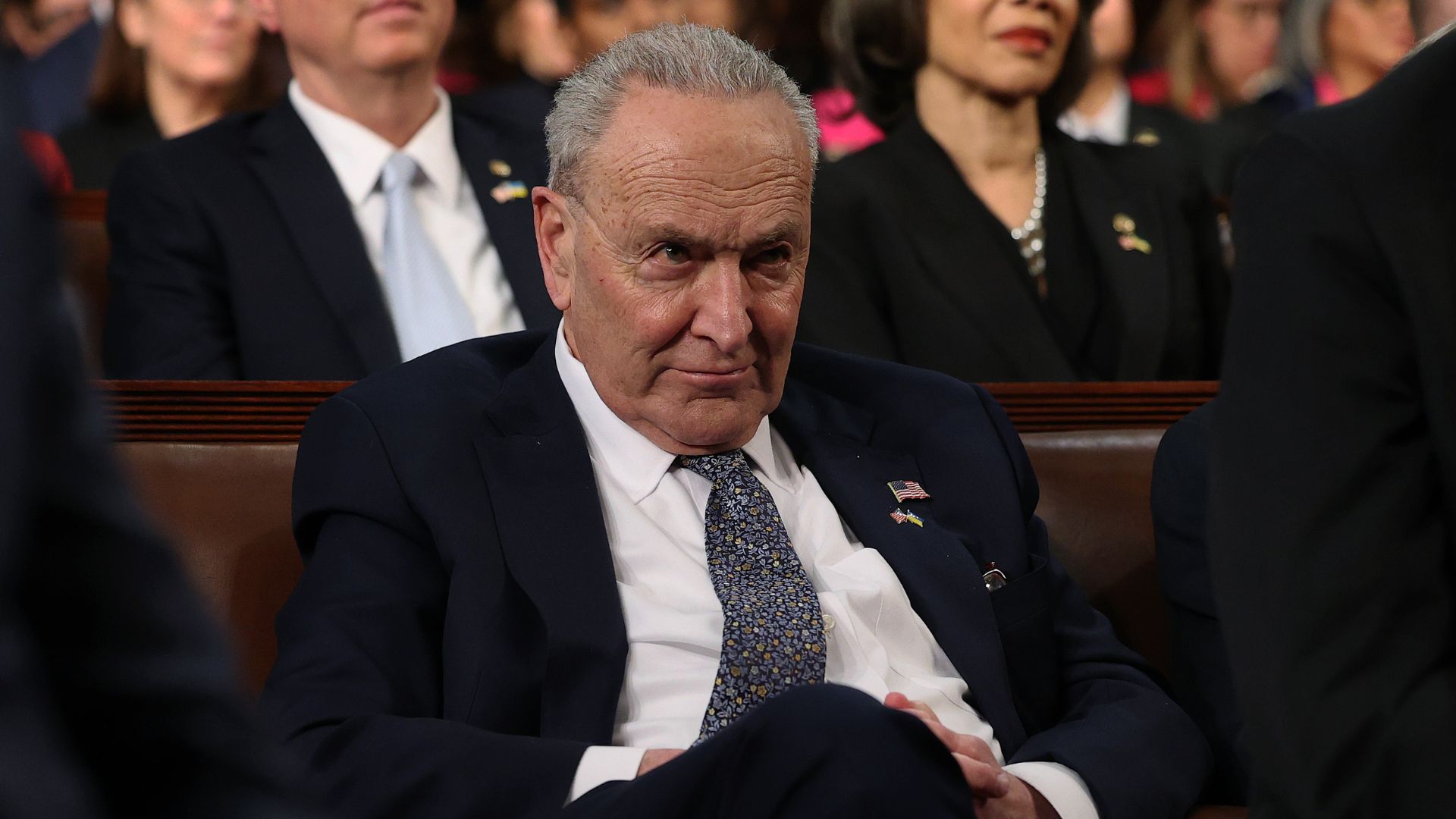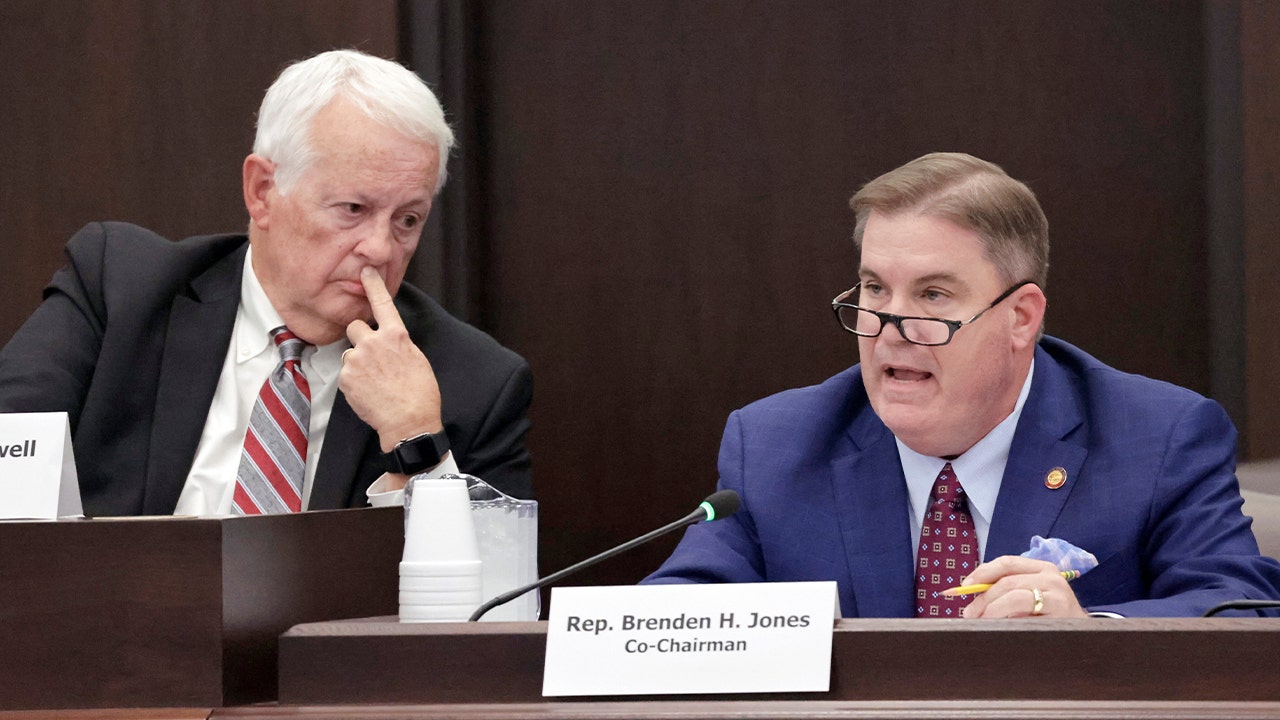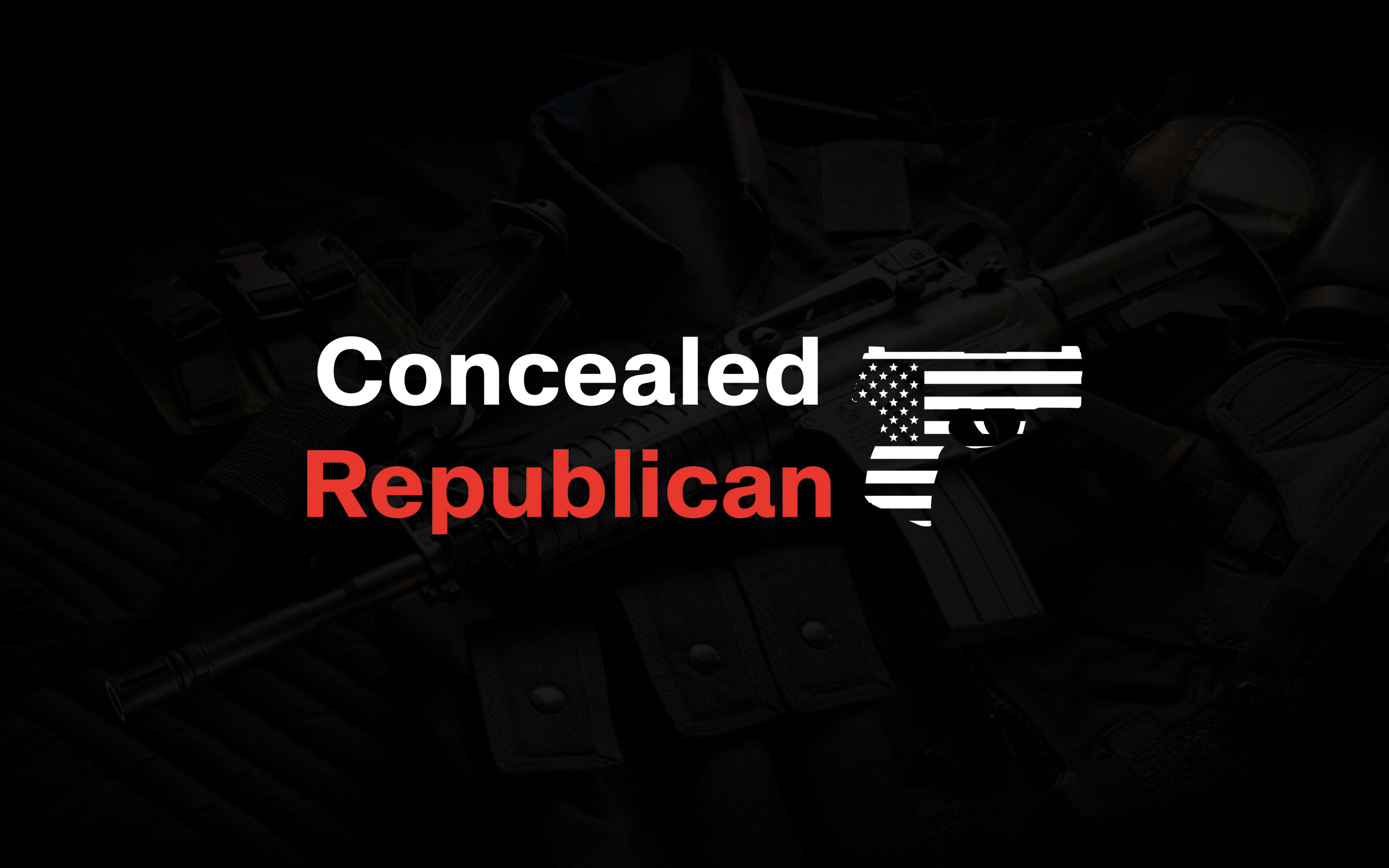Millions of Americans who depend on the Supplemental Nutrition Assistance Program (SNAP) could see their food stamp benefits halted as early as next week if the federal government shutdown continues, as reported by The New York Post.
State officials in New York, New Jersey, Pennsylvania, Maryland, Texas, Illinois, and California have begun warning recipients to prepare for possible disruptions.
New York Gov. Kathy Hochul said her state has been told it cannot distribute federal funds to SNAP recipients. “The Trump administration has indicated to New York that it will not allow states to distribute federal funding for SNAP recipients,” Hochul said in a statement.
Nearly 3 million New Yorkers could lose access to their benefits beginning November 1, according to her office.
New Jersey’s Department of Human Services issued a similar notice, confirming the state was “notified by the federal government that if the shutdown continues, November 2025 SNAP benefits may not be available on time.”
The agency added that “it is unclear if SNAP benefits loaded on your Families First EBT card prior to October 31, 2025 will be able to be used after November 1, 2025.”
The shutdown, which entered its 22nd day Wednesday, is now the second longest in U.S. history. More than 5 million people in California and nearly 2 million in Illinois face the risk of being cut off from their food assistance if Congress fails to resolve the budget impasse.
This Could Be the Most Important Video Gun Owners Watch All Year
“Our food pantries are going to be overwhelmed with SNAP participants who rely on that critical lifeline for support and for basic food assistance,” said Man-Yee Lee of the Greater Chicago Food Depository, in comments to CBS News.
SNAP, commonly referred to as food stamps, provides monthly financial assistance for purchasing approved food items such as fruits, vegetables, meat, dairy, and cereals.
Funded by the U.S. Department of Agriculture (USDA) and managed at the state level, SNAP currently serves around 42 million Americans—approximately 12.3% of the U.S. population. In 2000, only 6.1% of the population received SNAP assistance.
According to USDA data, New Mexico leads the nation in SNAP participation, with 21.2% of its population enrolled in the program, while Utah has the lowest rate at 4.8%. In New York, roughly 14.7% of residents receive benefits.
“Due to the Radical Left Democrat shutdown, this government website will not be updated during the funding lapse,” read a statement posted on the USDA website Wednesday.
USDA: “Due to the Radical Left Democrat shutdown, this government website will not be updated during the funding lapse. President Trump has made it clear he wants to keep the government open and support those who feed, fuel, and clothe the American people.” pic.twitter.com/liYRxeMlvg
— pat (@patgill69033215) October 2, 2025
Officials from the White House have not commented publicly on the matter. A statement from the administration reaffirmed that “President Trump has made it clear he wants to keep the government open and support those who feed, fuel, and clothe the American people.”
SNAP is part of the larger Farm Bill, which also funds agricultural subsidies and is reauthorized by Congress approximately every five years. The bill’s design links nutrition programs and farm supports together, meaning legislative disputes over one often affect negotiations on the other.
If no resolution is reached in the coming days, state agencies say disruptions to SNAP benefits could begin November 1, affecting millions of low-income families nationwide.
The opinions expressed by contributors and/or content partners are their own and do not necessarily reflect the views of LifeZette. Contact us for guidelines on submitting your own commentary.
Read the full article here







![Liberal Black Lesbian Woman Confronts Dem Wiener About Protecting Real Women [WATCH] Liberal Black Lesbian Woman Confronts Dem Wiener About Protecting Real Women [WATCH]](https://www.lifezette.com/wp-content/uploads/2025/09/2025.09.16-09.39-lifezette-68c9306c86d54.jpg)




